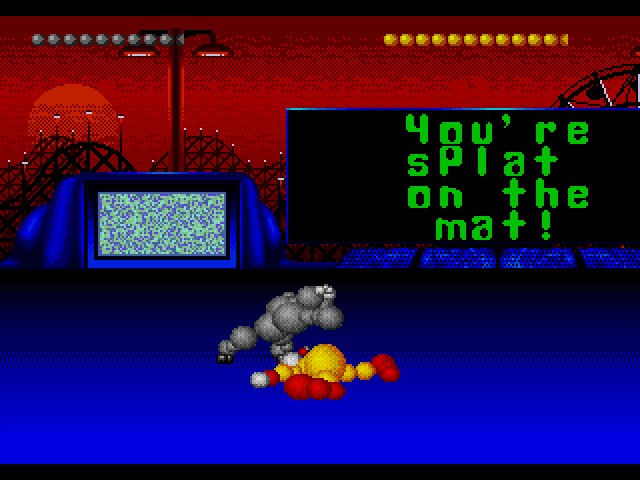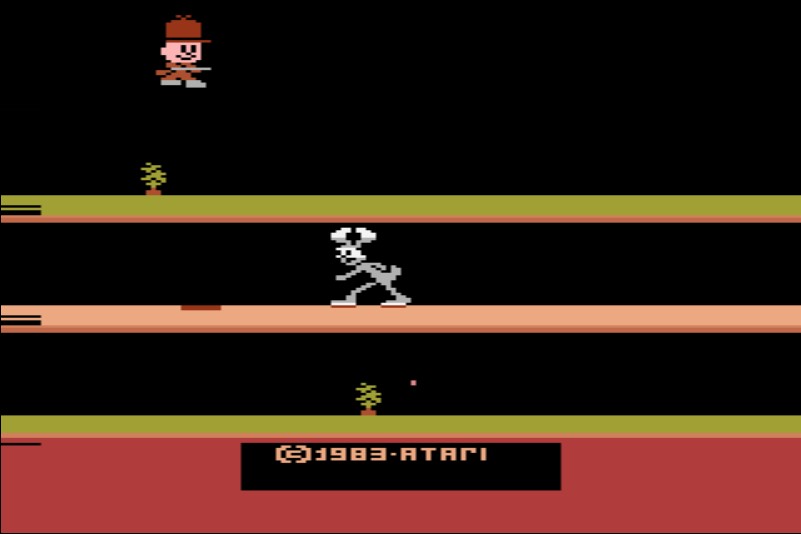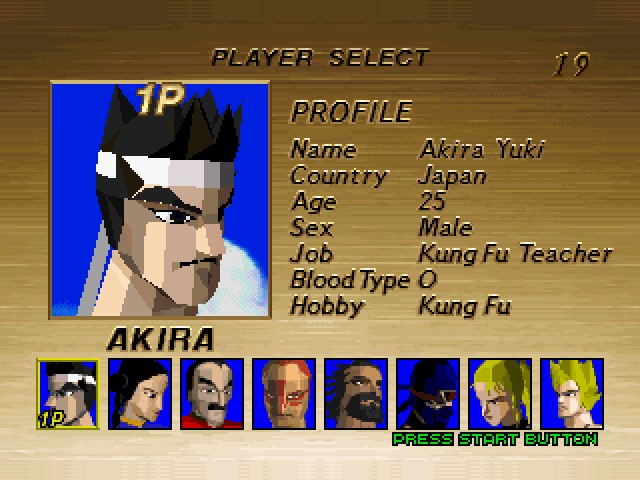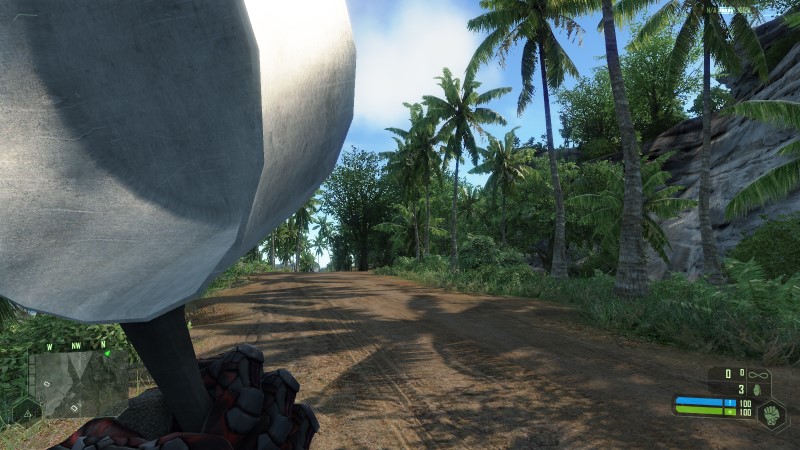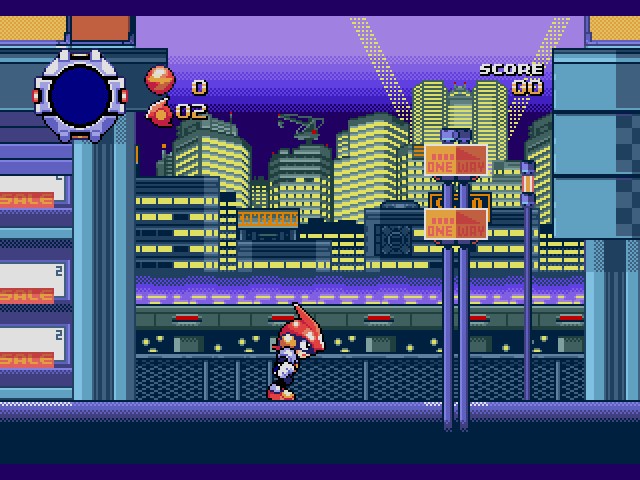"The game holds up, because of it's timeless artstyle" is a popular argument on the internet. It has grown into a pet hate of mine, and it really should be contested more often than it is. Like many ideas it is a distortion of a better and more nuanced idea: "A strong artstyle can make a game hold up better over time than its peers". Below I have summarised four reasons why the careful phrasing is necessary and why I disagree with the oversimplification.
1. Artstyle does not equal timeless
This is the lowest hanging fruit to be addressed. It is a distorion of the original point, but many people still say it. This is the argument at peak ignorance. There are plenty of games with unique art styles, but that doesn't automatically mean they look good or that they automatically hold up better than others from the same time. What people forget is that for every Okami, there are *hundreds* of licensed games, shovelware, and children's games with low quality cartoon graphics that looked ugly or sub-par to begin with. Bubzy 3D, and Link and the Faces of Evil are two infamous examples, which really suffered from their art styles compared to other games from the time.
Ballz is another horrid example. It's certainly unique and experimental, and it definitely has an artstyle, but it sure looks awful.
2. "Timeless"...as long as you don't look too far back
The argument is most often used when talking about a very specific period in time: 2000 - 2010. If you go back, you eventually find that ALL games have artstyles that are substantially different to reality. Some of them still look good, some of them really don't. This is where the argument totally falls apart if someone is arguing that all artstyles are timeless (or age better) compared to realistic games.
I do not think it is unfair to say that almost everything for the Atari has held up particularly poorly over time, and artstyle does not do much to help. But we don't have to go quite so far back, there are many examples from when 3D was becoming more popular. The grainy, wobbly Playstation graphics and the smeared, blurry look of N64 games are well known hallmarks of dated graphics. Admittedly, realistic games for these consoles definitely held up worse than the best games with an artistic style, but artstyle does not automatically step around the graphical flaws.
3. Mixing nostalgia with picky modern standards
It turns out, if you look too closely to the present, the argument is also on shaky ground. Let's consider a game that tried the exact opposite of an "artstyle" - Crysis. This game is famous for holding up really well, though admittedly I doubt anyone will say it holds up perfectly in 2021. If you see it for what it is, without nitpicking, it does hold up reasonably well. It's not an eyesore, there's no visual "gaps" that feel problematic, and it's still interesting and detailed. Sure there are some noiticeably pointy vertices here and there, and maybe the textures aren't all that large, but do these things actually matter? The game still looks good from an aesthetical and artistic perspective, it's just not good on a technical level (but not bad either). This game came out in 2008, and we've now had more than a decade of games that have a similar standard of realism. These games do not suffer from trying to be realistic - They look good, and they will keep looking good, despite not being the best. Certainly I think we're now past the technical limits that kept 3d games looking incomplete or ugly because they aimed for a realistic look.
This is where I think the oldschool nostalgia comes in, because what these games won't do, is have that "wow" factor that they might have had when the were the best that could be seen. That feeling that "this is so real" is unlikely to be there, at least not for the people who experienced the games when they came out. I can say that personally I've been impressed by the realism in games like Far Cry 2 and Crysis, even though I first played them a decade after their release.
It doesn't stop there though. Whilst some people will dismiss a game for not retaining its initial impression of realism, they (for some reason) will not do the same for their beloved artistic games. Cell shading has come a long way since the Ps2 and Gamecube, and the effect as it was then can be very ugly and primitive. If you were to judge the older games with cell-shaded graphics with the same scrutiny that realistic games get, you'd find that they have also aged, often just as poorly. The magic that the style of these games, at least from a technical point of view, is not there to anyone who has seen what can be done with modern graphics. If you don't believe me, look at the front page of Sketchfab and see what artists are doing with modern technology.
4. "Artstyle" does not mean cell-shaded and cartoonish
This isn't a problem with the argument as such, but rather, the perceptions held by people who say it. Typically they will bring up games like Ōkami or The Wind Waker, but almost all games have an artstyle. Yes, even those that appear close to "realistic", but the majority of people who talk about art style and age will neglect any art style that isn't cell-shaded or cartoonish and experimental. Consider the most classic examples: Twilight Princess and Wind Waker. It wouldn't surprise me if The Wind Waker was the root of the whole discussion, and it's generally used as the "artistic" example against the "realistic" Twilight Princess. Yet the latter is obviously not realistic to anyone who pays attention (see the example). Both games have their own artstyle, with very deliberate choices. They both show their age in their low polygon count and low resolution textures. They both present a unique charm.
I won't stop there though - There are so many games with a clear artstyle that have complex texture and more colours than a kid's crayon set. Darksiders is a great example. Distorted proportions, ornate detail, and what very much look like hand-painted textures (at least on character models). A more extreme example is Just Cause 2, which is undeniably realistic, yet there is something about the characters faces that's not quite there. They are slightly chiselled, and the texture is more like clay or paper than skin. Lighting, colour and texture all have a certain style to them, and it works well. It's true that there isn't an obvious art style in the game, but it would be unfair to say that it didn't have one at all.
This brings us to what I think is the real argument: Art *choices* can make games timeless. You can take any art style and make it look awful by making poor choices. Sometimes that's down to skill level, sometimes it's not. Considering art choices also gets around the problem of people not appreciating the subtlety of some styles. Everyone can understand that making the Simpsons have yellow skin is an art (or design) choice, while there are people out there who would not see that Family Guy has a different art style to Futurama.
Conclusion
Having a unique and clearly defined artstyle does not necessarily make a game timeless compared to its peers. It's a confusing idea to explain well, and ultimately I have to admit that even in writing this article, I wanted to take shortcuts. The problem is that language can be pretty delicate, and if you don't say what you really mean, you end up saying something completely wrong. Most of the igorance lies with the people not the argument, and in the distorted arguments they make by trying to re-use someone else's thinking.

